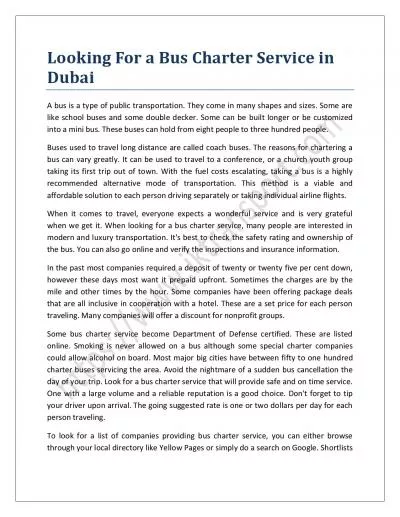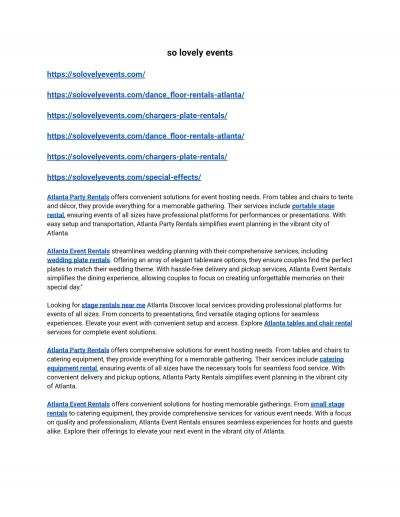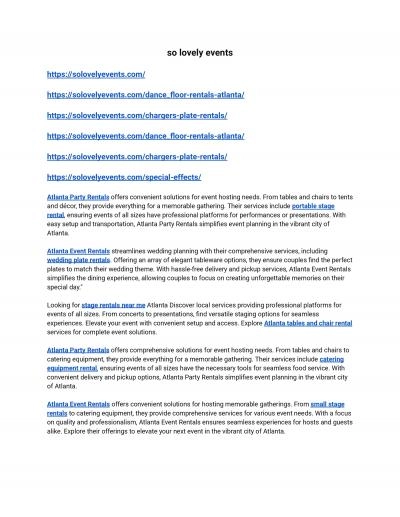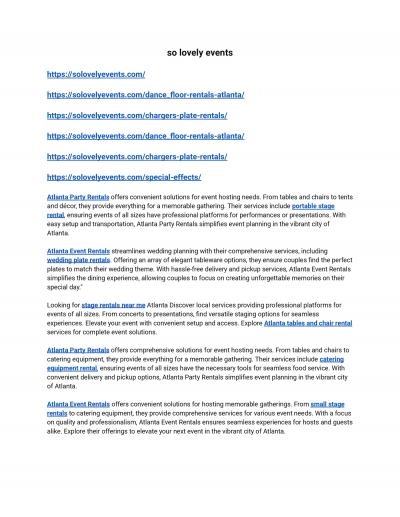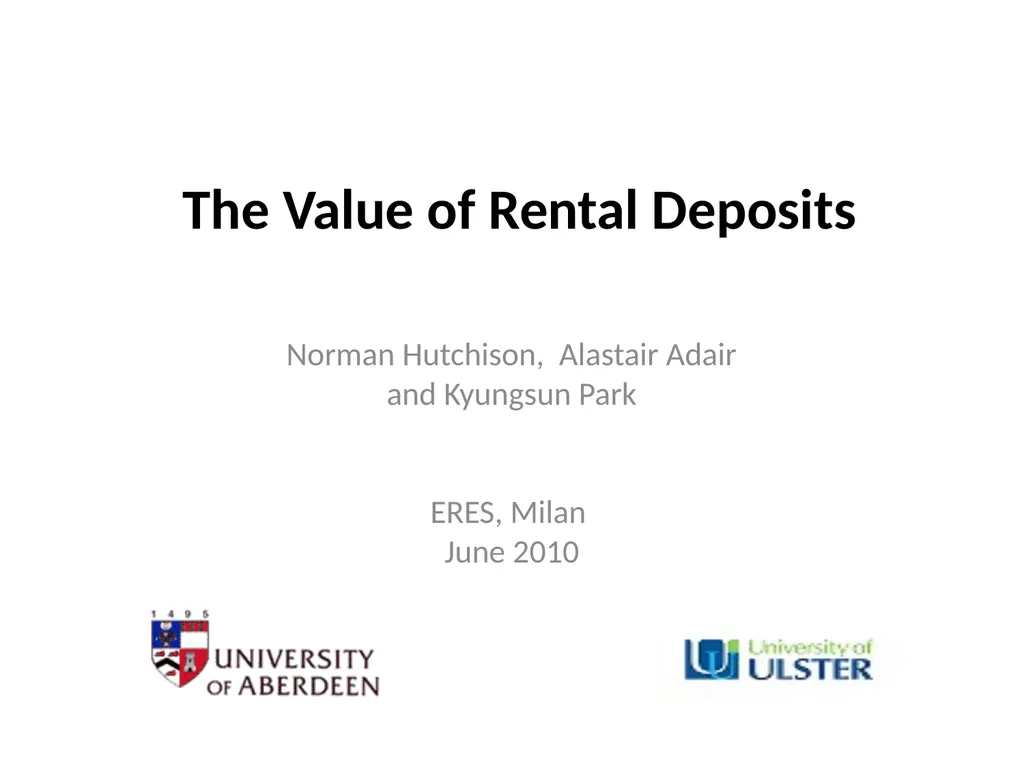
Author : trish-goza | Published Date : 2025-06-27
Description: The Value of Rental Deposits Norman Hutchison, Alastair Adair and Kyungsun Park ERES, Milan June 2010 Background Income key driver of property return Risk of default depends upon covenant strength of tenant and stage of cycle - seeDownload Presentation The PPT/PDF document "" is the property of its rightful owner. Permission is granted to download and print the materials on this website for personal, non-commercial use only, and to display it on your personal computer provided you do not modify the materials and that you retain all copyright notices contained in the materials. By downloading content from our website, you accept the terms of this agreement.
Here is the link to download the presentation.
"The Value of Rental Deposits Norman Hutchison,"The content belongs to its owner. You may download and print it for personal use, without modification, and keep all copyright notices. By downloading, you agree to these terms.









